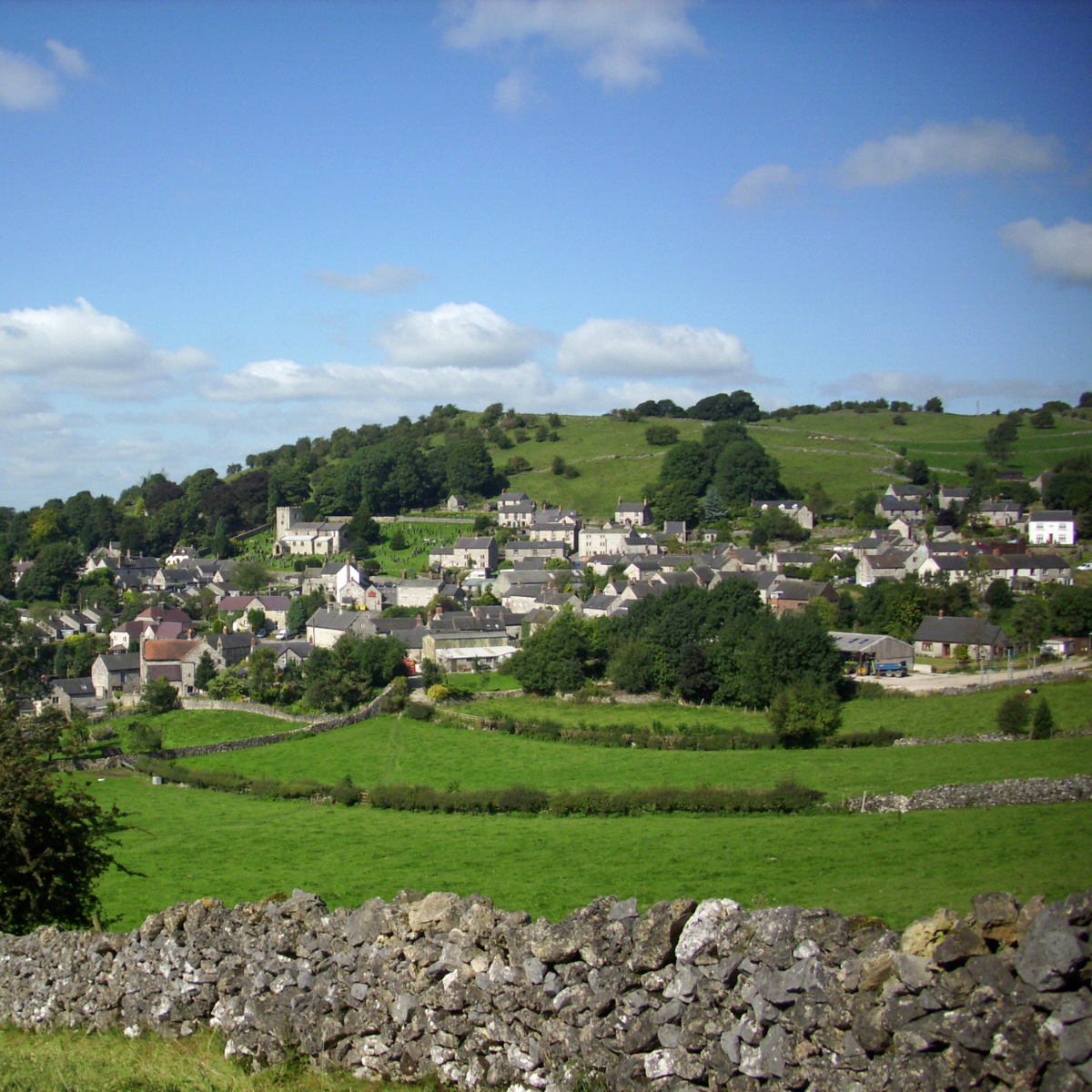About the project:
Brassington is a village in Derbyshire, near Carsington Water, SW of Matlock. It has 233 houses, a primary school, two pubs and a village hall. 15 of the houses are holiday lets, 14 are second homes and 15 are listed as unoccupied. There are some farm buildings on the edge of the village but no other business premises.
Brassington is not on the main gas grid so most of the houses are heated by oil or LPG. As far as we are aware, 9 of the houses have individual air source heat pumps; 8 of these are Housing Association properties in the middle of the village.
A heat network could offer an effective way of reducing the high carbon impacts of heating and hot water use in the village. It would also enable the removal of oil and LPG tanks, improve air quality in the village and remove the liability of replacing defunct boilers from individual householders
Challenges and risks
Brassington offers several challenges: the houses are mostly pre-1900, there are very few commercial energy users, the roads are very narrow and many of the roads are built directly on to the bedrock making installing the pipework difficult. There is a 43m gradient across the village, and the geology is not very suitable for ground source boreholes.
The only viable and sustainable solution appears to be using air source heat pumps using electricity from Carsington wind farm. However even this option only just breaks even over 30 years with a small rate of return over 40 years, despite receiving 50% capital funding through the Green Heat Network Fund. This leaves little margin for error.
If fuel prices are to remain high for a sustained period of time, some way was found to sell carbon credits from the scheme, prices for heat networks fall or funding for smaller schemes became available then a heat network might become viable in the future.

